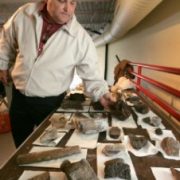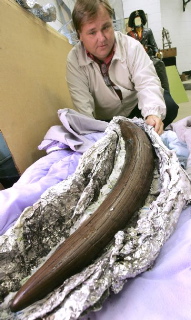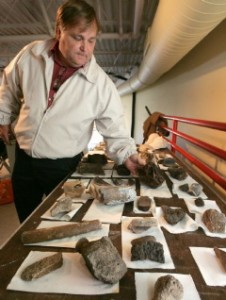Innovation in Education at the 2012 Affiliations Conference
From programs on the ground in local communities to reaching diverse audiences with new technology, Affiliates and the Smithsonian are creating innovative learning experiences that are changing the role museums play for students. These innovators in education will share their successes during two separate sessions at the 2012 Affiliations National Conference, June 12 – 14.
In September 2004, the Japanese American National Museum (Los Angeles, CA) began a transformative journey to Little Rock, AR, where former internees and their families, students and educators gathered to examine and reflect upon the incarceration of Japanese Americans during World War II. Arkansas students candidly discuss what they learned from studying the Japanese American incarceration and how the experience is connected to their own lives in this video. Allyson Nakamoto, Manager of Teacher Programs at the museum is one of five Affiliate speakers discussing the impact programs like these have on the local community in the session Innovation in Education, Part 1: Smithsonian Affiliates as Catalysts of Change on Wednesday, June 13.
How are inventors inspired by the places where they live and work? What might a place of invention look like? Using 21st-century skills, Places of Invention, will highlight innovative places and communities across the US, including six Affiliate communities. With Lemelson’s training, Affiliates will be conducting community research and producing documentation projects of their own cities with a local community partner. The content they produce – videos, images, oral histories, exhibitions and programs of their own – will enrich the Smithsonian’s exhibition with authentic, locally-based research. Monica Smith, Exhibition Program Manager, Lemelson Center for the Study of Invention and Innovation, National Museum of American History, and an Affiliate partner will discuss how Places of Invention will be integrated into interactive educational activities and public programs during Innovation in Education, Part 2: Teaching and Learning with New Technology, Thursday, June 14. Four additional programs that are reaching students using technology will also be highlighted.
Join us at the 2012 Affiliations National Conference, June 12-14, and meet these innovators in education.
Register today!
View the 2012 Conference Agenda.
Book your hotel room at the L’Enfant Plaza Hotel.
The Smithsonian Affiliations National Conference is for current Affiliates only. If you are interested in becoming an Affiliate, or have an application in progress and would like to attend the Conference, please contact Elizabeth Bugbee for more information.


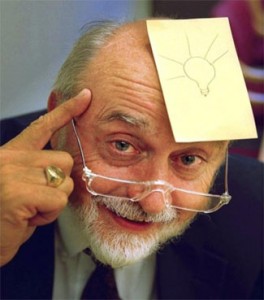





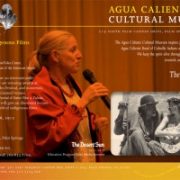


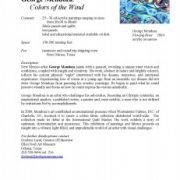
 Emails requesting exhibition exchange postings must be submitted in the following format:
Emails requesting exhibition exchange postings must be submitted in the following format: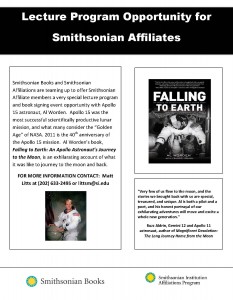 Program Exchange
Program Exchange